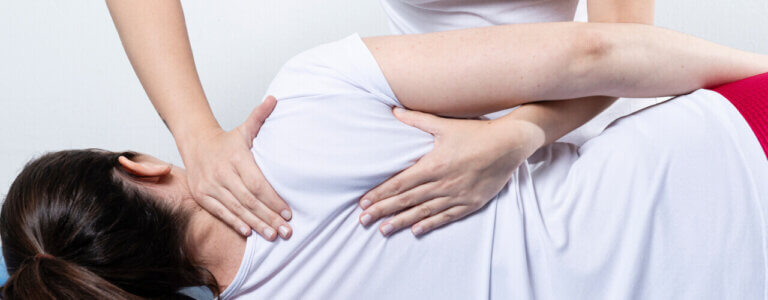- Welcome to Physical Therapy Hackensack, NJ - Paul Wiener Physical Therapy
- 170 Prospect Ave, Suite 2 Hackensack, NJ 07601
-
Call us anytime
(201) 880-8303
-
Email
paulwienerphysicaltherapy19@gmail.com
- Book An Appointment


